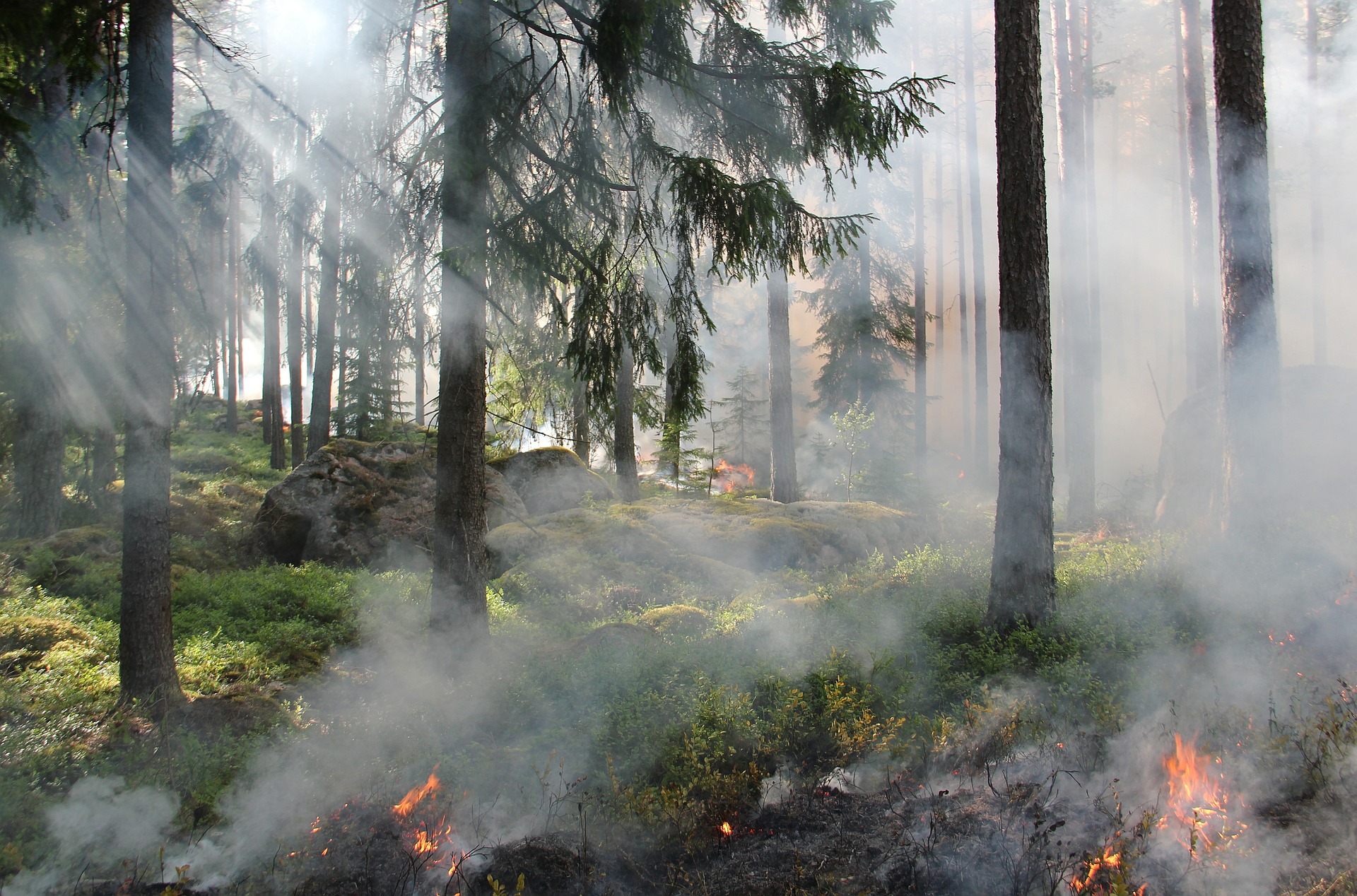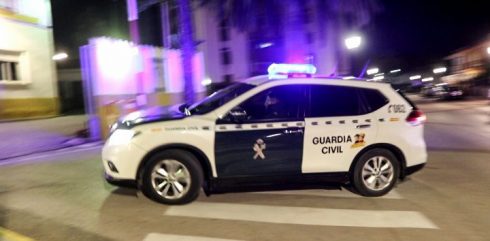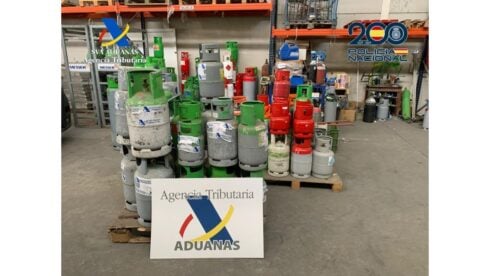A FIRE expert from Malaga University has explained how a number of key factors have combined to make the latest blaze one of the worst seen in the zone in recent years.
Geography professor Jose Damian Ruiz Sinoga described the blaze, which broke out on Wednesday evening and has already ravaged over 7,000 hectares, as “the most complex fire in recent times’.
He said a long dry summer and months of little rain was partly responsible for creating tinderbox conditions by increasing the combustible surface on this south-western flank of the Serrania de Ronda.
Moreover, the type of vegetation on these slopes are ‘’not very resistant to fire’ and steep inaccessible terrain has created ‘an exceptional situation’ that makes battling the blaze particularly difficult.
He also highlighted the relationship between fire speed and intensity, and warned about the important thermological differences between ‘calcine, burn and scorch’ in order to make a correct evaluation of the situation.
Sinoga, who has been studying fires in the Malaga province since 2000, predicted that the amount of rain that falls between now and December will be key to the recovery of Sierra Bermeja.
“We have to let nature play its role,” he told Europa Press
“For the moment we must refrain from making assessments in order not to give negative or erroneous information, as people are risking their lives,” insisted the academic.
“The Mediterranean vegetation is not very resistant, but it is very resilient, which implies higher levels of recovery than we think.
He added that although the aftermath of the blaze looks devastating, much of it is in fact ‘canopy fires in which the crowns of the trees are scorched but the roots are still alive’.
READ MORE
Storm to bring much needed rain to help fight Spain’s Sierra Bermeja wildfire
LATEST: Wildfire rages into fourth day on Spain’s Costa del Sol but wind drops and conditions improve
Click here to read more News from The Olive Press.








